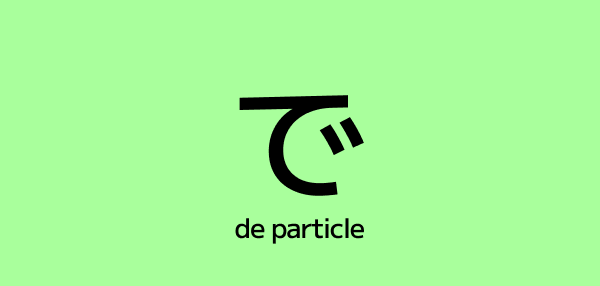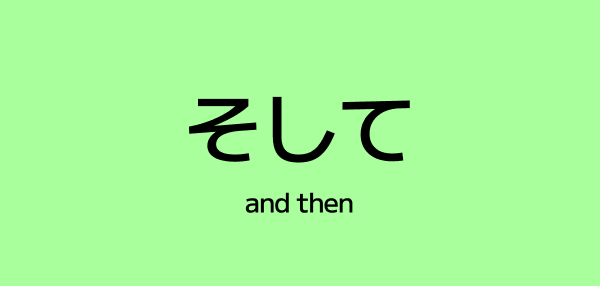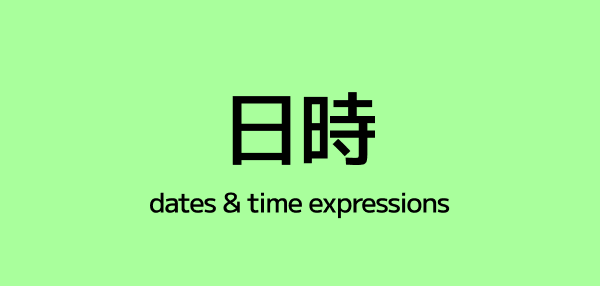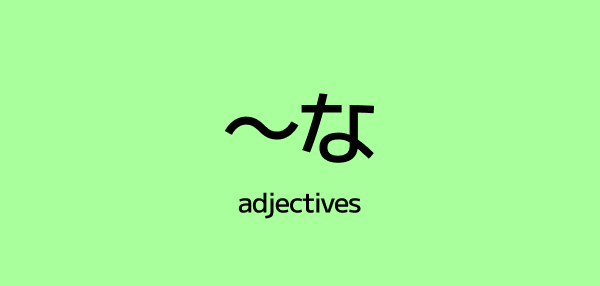The で (De) Particle

Among the essential Japanese particles, 「で」 plays a critical role in expressing where actions take place, how things are done, and what tools or methods are used. While it might seem straightforward at first, beginners often confuse it with particles like 「に」 or 「を」—especially when it comes to locations or abstract actions.
This article covers the core functions of「で」, its most common sentence patterns, subtle nuances, and examples to help solidify your understanding.
1.「で」as the Location of an Action
The most common use of 「で」 is to indicate where an action occurs.
Example:
こうえんであそびます。 Kōen de asobimasu. (I play at the park.)
✅ Use 「で」 with action verbs to show the place where something happens. ❌ Don’t use 「で」 with existence verbs like いる or ある — those use 「に」.
More examples:
- コンビニでおにぎりをかいました。 (I bought an onigiri at a convenience store.)
- カフェでしごとをしました。 (I did work at a cafe.)
- そのリール、どこでみましたか? (Where did you see that reel?)
2.「で」for Means, Tools, or Transportation
「で」 also marks how something is done — the method, instrument, or tool.
Examples:
ナイフでりんごをきります。 Naifu de ringo o kirimasu. (I cut the apple with a knife.)
バスでがっこうへいきます。 Basu de gakkō e ikimasu. (I go to school by bus.)
パソコンでしごとをします。 Pasokon de shigoto o shimasu. (I work on the computer.)
In each sentence, 「で」 tells what was used or how the action was carried out.
3.「で」to Show a Scope or Group
「で」 can define the scope in which something occurs, such as a group decision or a range.
Examples:
みんなでゲームをしました。 Minna de gēmu o shimashita. (We played a game together [as a group].)
クラスでいちばんせがたかい。 Kurasu de ichiban sega takai. (He’s the tallest in the class.)
このみせでいちばんにんきがあります。 Kono mise de ichiban ninki ga arimasu. (This is the most popular item in the store.)
4.「で」with Causes or Reasons
Used in a more abstract way, 「で」 can express the cause or reason behind something happening — particularly when it's tied to a state or event.
Examples:
びょうきでがっこうをやすみました。🤒 Byōki de gakkō o yasumimashita. (I missed school due to illness.)
じしんででんしゃがとまりました。🚃 Jishin de densha ga tomarimashita. (The trains stopped because of the earthquake.)
かれのうわきでわかれました。💔 Kare no uwaki de wakaremashita. (I broke up because of my boyfriend's infidelity.)
Note: This use of「で」usually applies to events, natural causes, or unavoidable reasons.
5. Common Mistakes with「で」
❌ Mistake 1: Using「で」instead of「に」for existence Incorrect: へやでねこがいます。 Correct: へやにねこがいます。 (The cat is in the room.)
Use 「に」 with いる・ある for location of existence, not 「で」.
❌ Mistake 2: Confusing「で」and「を」
「を」marks the direct object, while「で」shows the means, location, or method.
Correct usage comparison:
ペンをつかいます。 (I use a pen.) — "pen" is the direct object being used.
ペンでかきます。 (I write with a pen.) — "pen" is the tool or means of writing.
6. Summary of「で」Uses
- Location of an action: としょかんでべんきょうします。 (I study at the library.)
- Means or method: くるまでいきます。 (I go by car.)
- Tools or instruments: はしでごはんをたべます。 (I eat rice with chopsticks.)
- Group or scope: かぞくでりょこうしました。 (We traveled as a family.)
- Cause or reason: たいふうでがっこうがやすみになりました。 (School was canceled due to the typhoon.)
Final Thoughts
The particle 「で」 is your go-to when describing how, where, or with what an action is performed. Once you start recognizing these patterns, your ability to form more natural and fluent sentences will grow rapidly.
Watch closely for distinctions between「で」and particles like「に」and「を」—the difference is often subtle but important!
Related Grammar
 E Rank
E RankHow to Use そして (soshite) – “And Then” in Japanese
 E Rank
E RankThe も (Mo) Particle
The particle 「も」 in Japanese is your go-to for saying “also,” “too,” or “not even.”
 E Rank
E RankJapanese Time Expressions – Days, Duration, and How Often?
 E Rank
E Rankな-Adjectives in Japanese – Forms, Conjugation, and How They Work
